Kuttanad, in Kerela, India, is a tourist hotspot surrounded by water and wetlands. Yet its water resources have come under considerable pressure in recent years and have become contaminated and depleted. On World Water Day 2022, we use photos to highlight the everyday challenges faced by Kuttanad’s residents in accessing safe water.
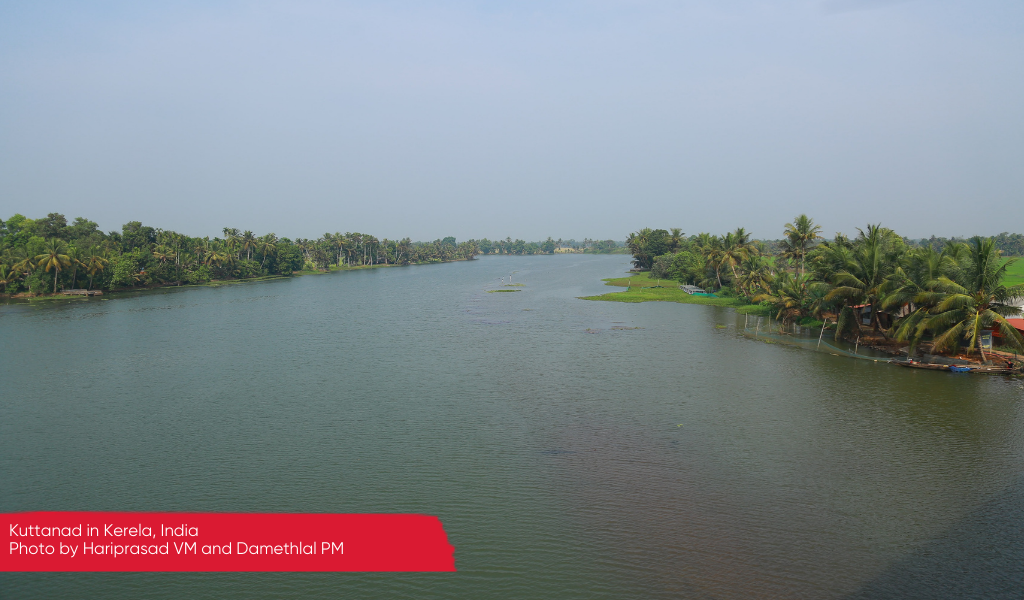
The focus of World Water Day this year is ‘Groundwater: Making the Invisible Visible.’ Groundwater is a vital resource, as it provides nearly half of all drinking water worldwide, and sustains ecosystems. In this photostory, Demathlal PM (CANALPY Research Assistant) and Hariprasad VM (PhD student, CTARA, IIT Bombay) – researchers with a keen interest in documentary photography – document and share some water challenges, including groundwater, faced every day in Kuttanad.
In early 2022, Demath and Hariprasad embedded themselves within the community in Kuttanad, with the aim of using photography to shed light on the situation and bring the focus to their unique challenges related to groundwater.
Kuttanad: A unique water story
The ecologically fragile area of Kuttanad is very popular with tourists, with people arriving from around the world to visit its famous ‘backwaters’. The area’s uniqueness is emphasised by a rare reclamation process of dividing the marshy land into polders, similar to those in the Netherlands. It’s here, one to three meters below sea level, where communities struggle to farm their crops.
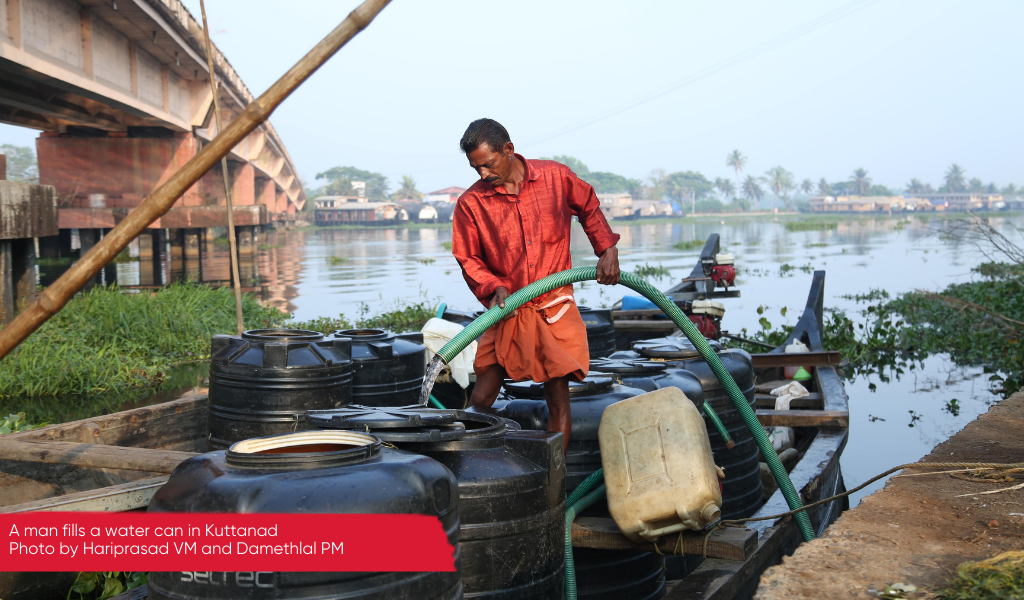
The majority of farmers cultivate ‘high-yielding variety’ (HYV) seeds, which are more productive than regular seeds. They do, however, require large scale pesticide use which ultimately poisons the local ecosystem and groundwater.
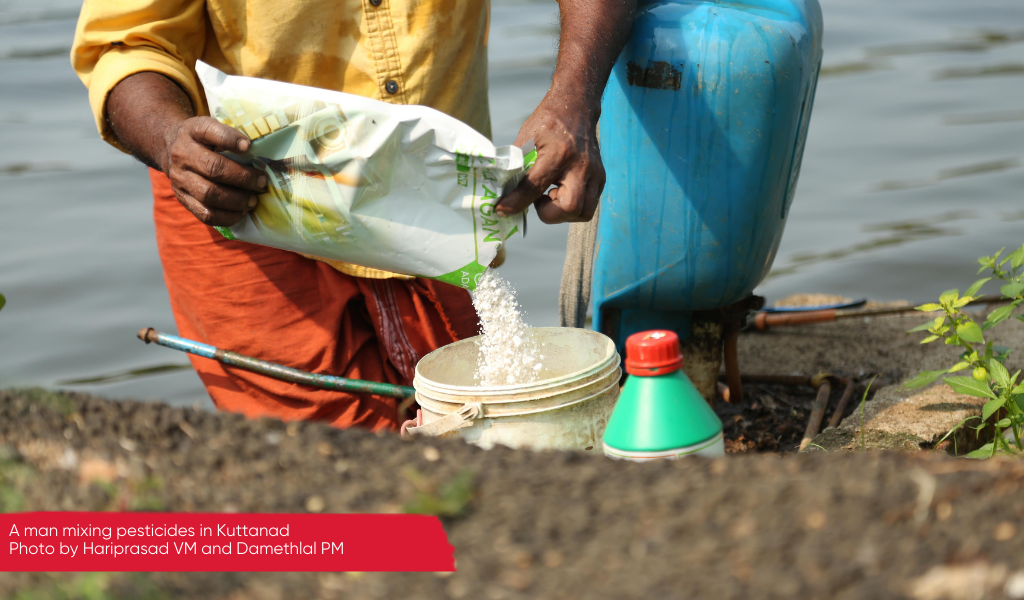
People used to fetch water for their daily chores from the local waterbodies, be it the rivers or backwaters. But over the last twenty years, the mixing of pesticides while lowering the water of the paddy fields has polluted the waterbodies.
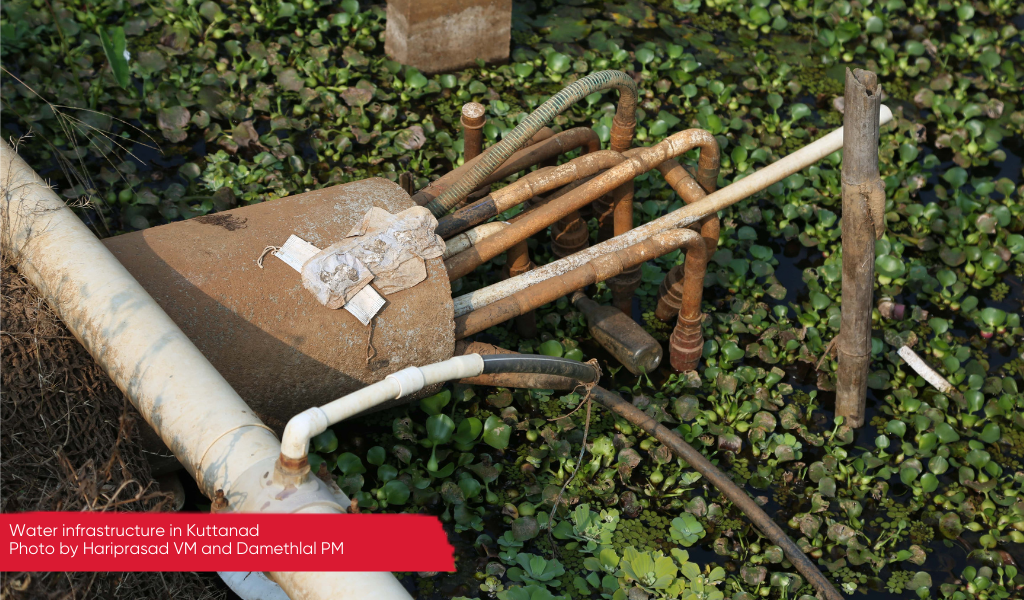
Houseboats passing along the river also release oil, human waste and food remains into the water, which further pollutes the water bodies.
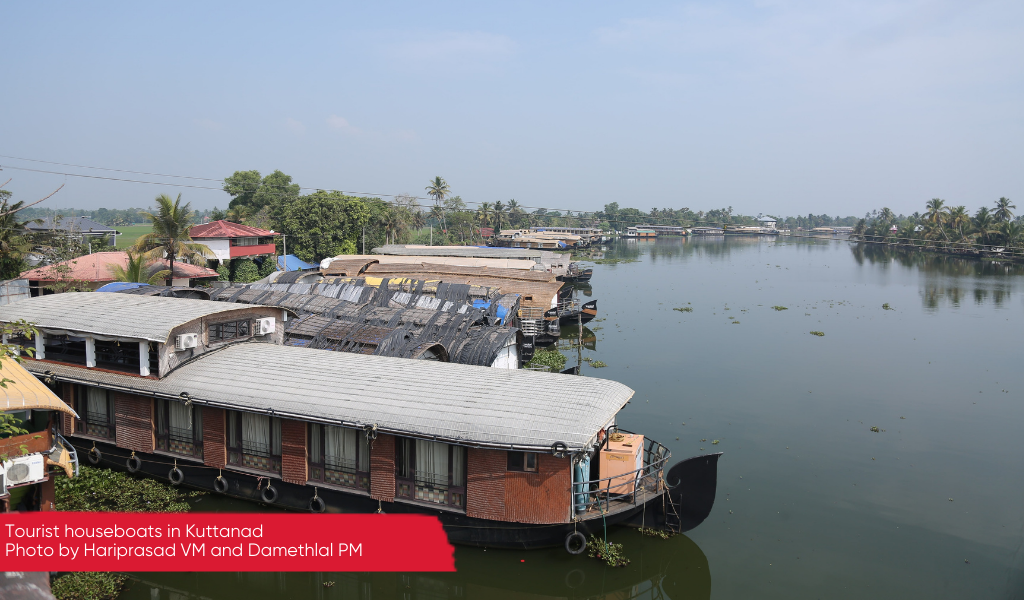
The soil in Kuttanad region is mostly a dark-brown, highly compressible clay, so groundwater has always been difficult to use. There used to be a few ponds and open wells in each locality which were used by the communities, but over the past 20 years, many of these have been filled up to construct new houses and buildings. The water from the wells that remain is used for agricultural purposes, mostly by richer farmers from the region.
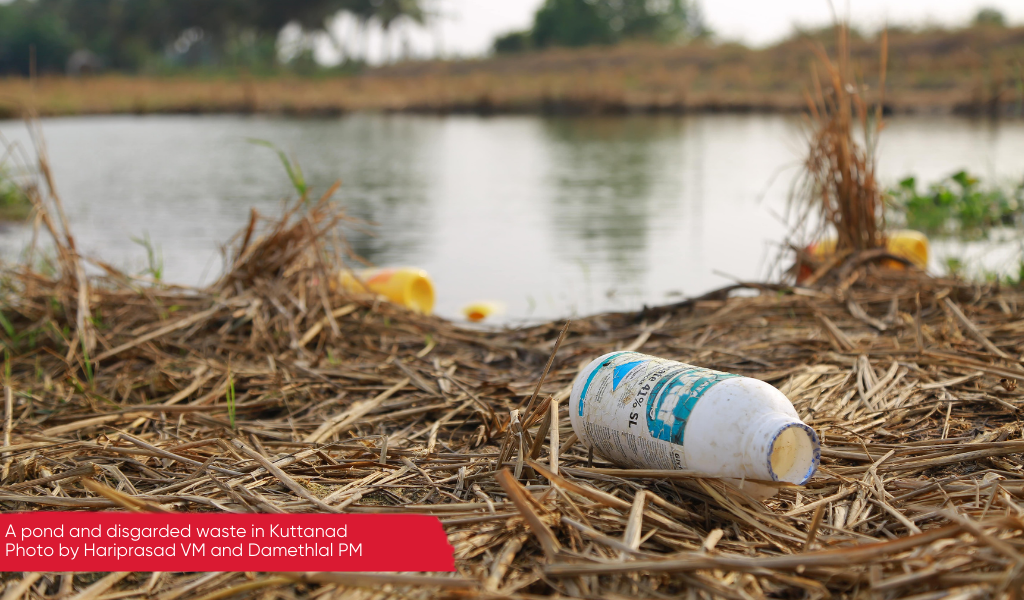
A few economically well-off farmers pump the water from the open wells, which is primarily used for agriculture. This is fixed to the water purifier fixed at their homes, and used for drinking and cooking. Other than this small group, the majority of the people use the Kerala Water Authority’s (KWA) piped water service.
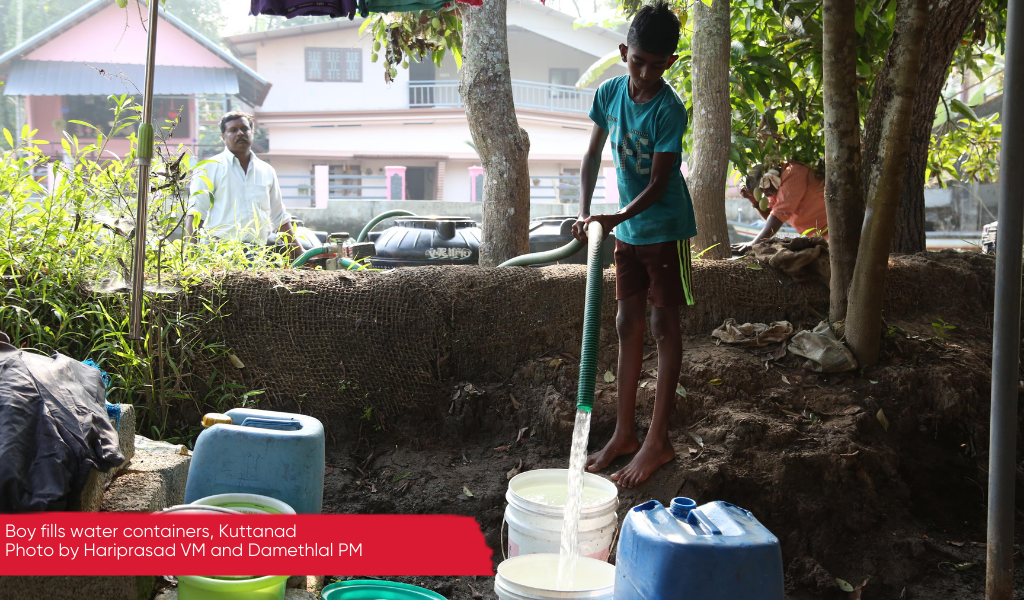
KWA provides water for drinking and domestic purposes, which is boiled at home before use. Not everybody has access to this piped water and the supply is intermittent.
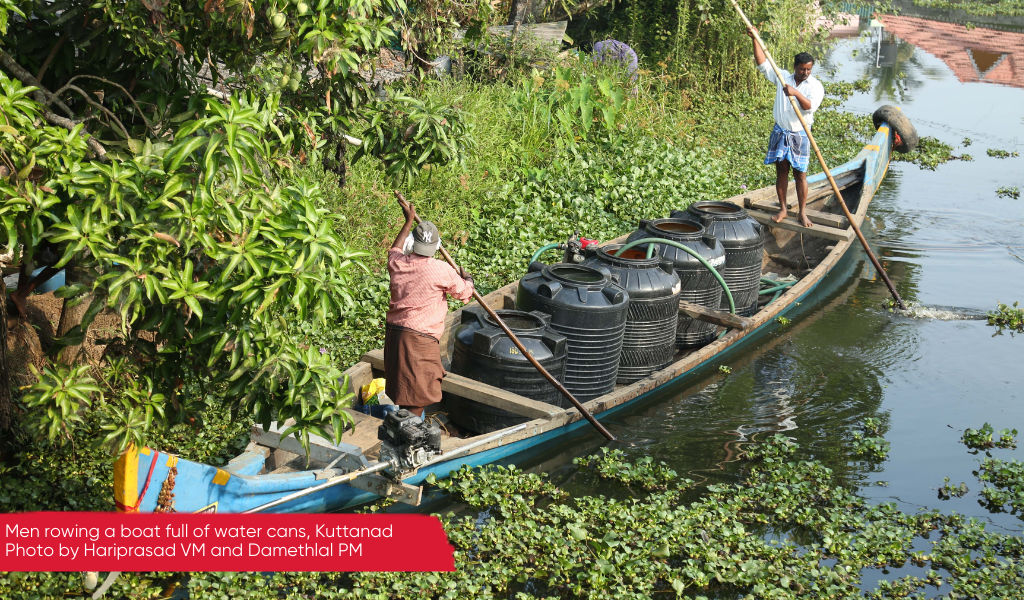
Many people in Kuttanad now depend on drinking water from plastic bottles, costing around 50 INR ($0.66 USD or £0.50) per 20 litres, which for many people here is an extortionate price.
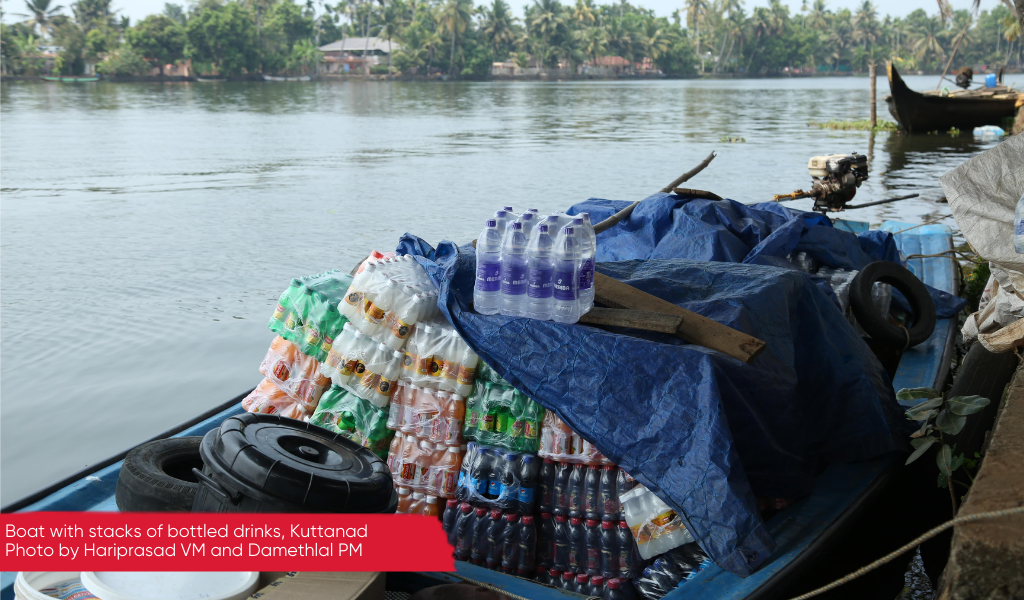
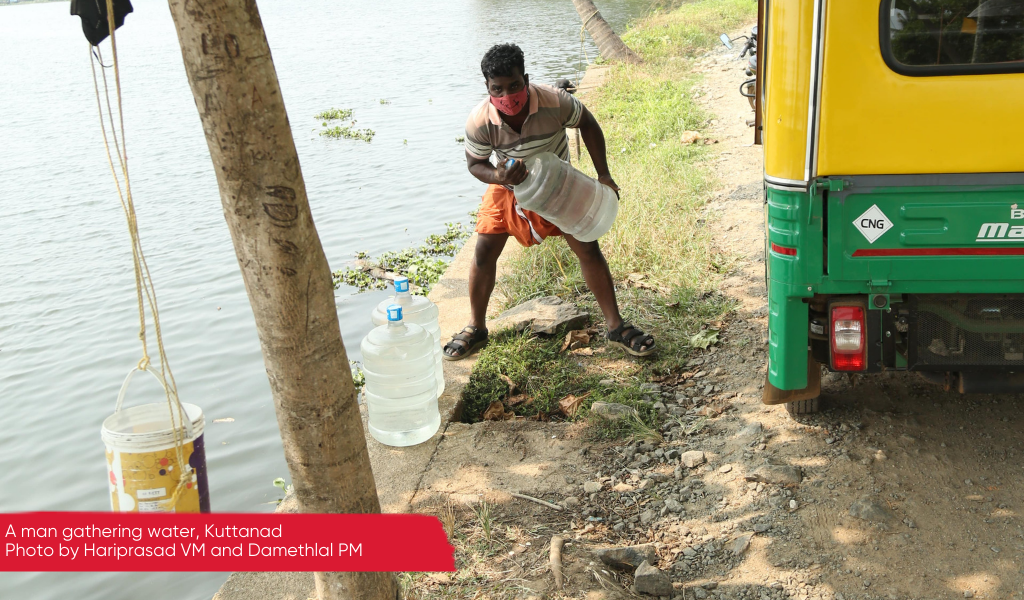
People also go with cans to the neighbouring reverse osmosis plants, which use a process to purify water. These plants are run by private companies, churches and social organisations.
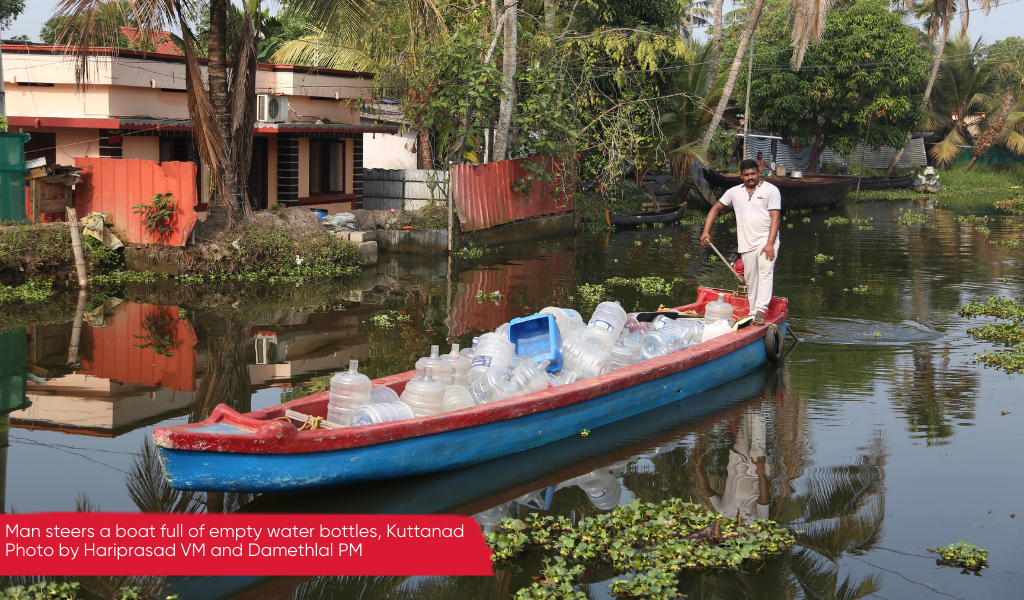
Plastic bottles are often dumped on the banks of the canals, in part due to the lack of a formal solid waste disposal system.
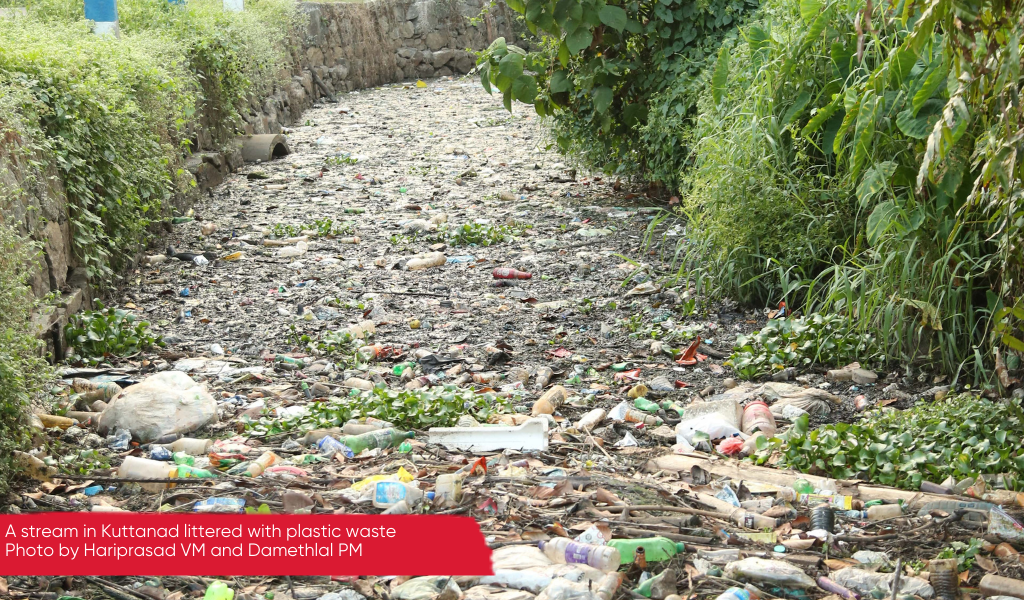
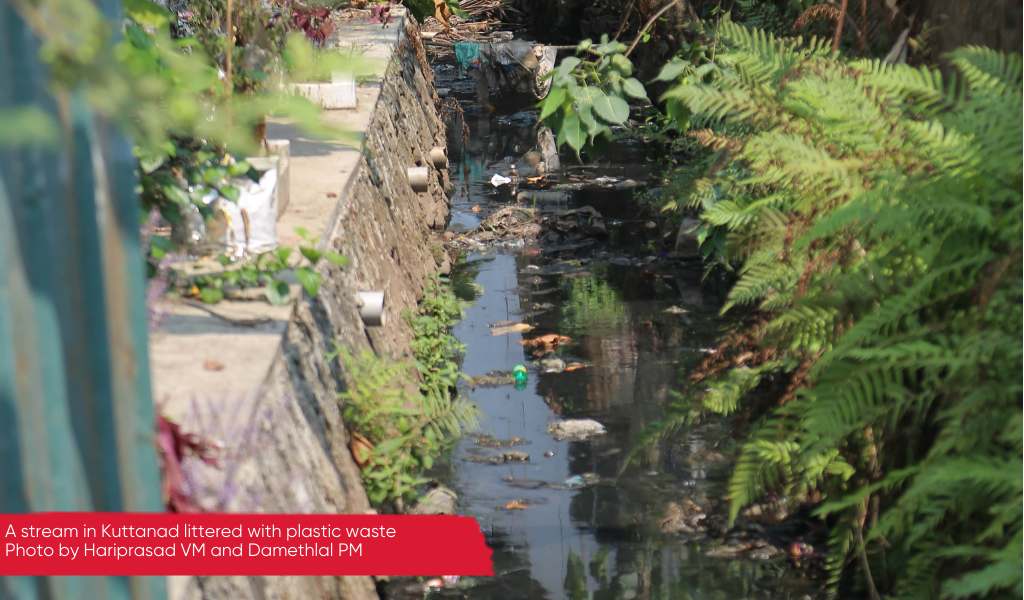
Flooding is becoming more regular and severe, damaging the already fragile landscape and creating shortages of clean and portable water. The failure of civic bodies to provide piped water connection to all households is also a major concern that needs to be addressed. There are not many borewells and open wells in Kuttanad due to its geology and because the water quality is poor.
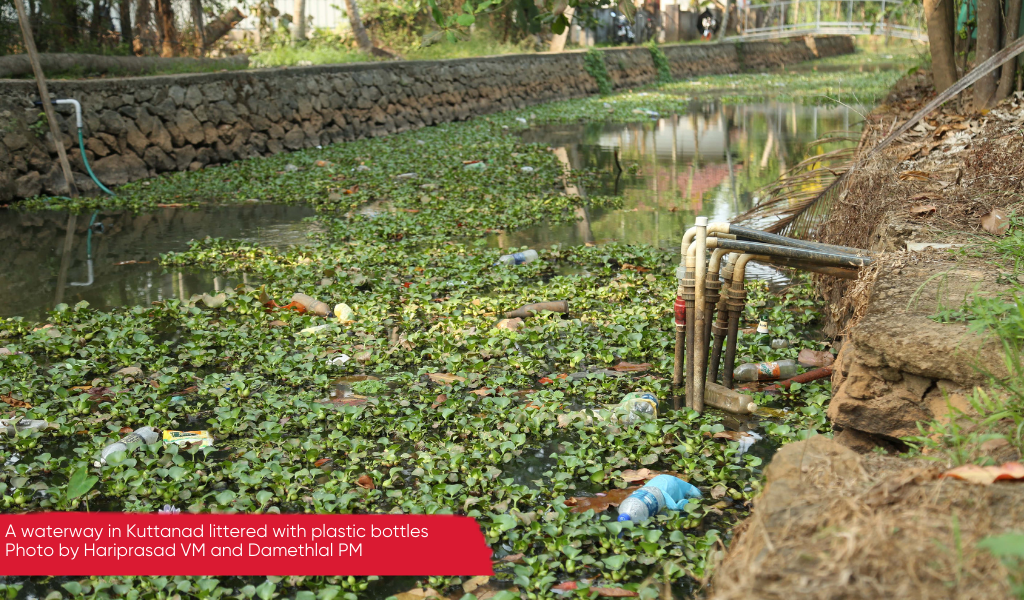
This photostory was produced as part of the IDS project: Toward Brown Gold: reimagining off grid sanitation in rapidly urbanising areas in Asia and Africa. Find out more through the project’s website.